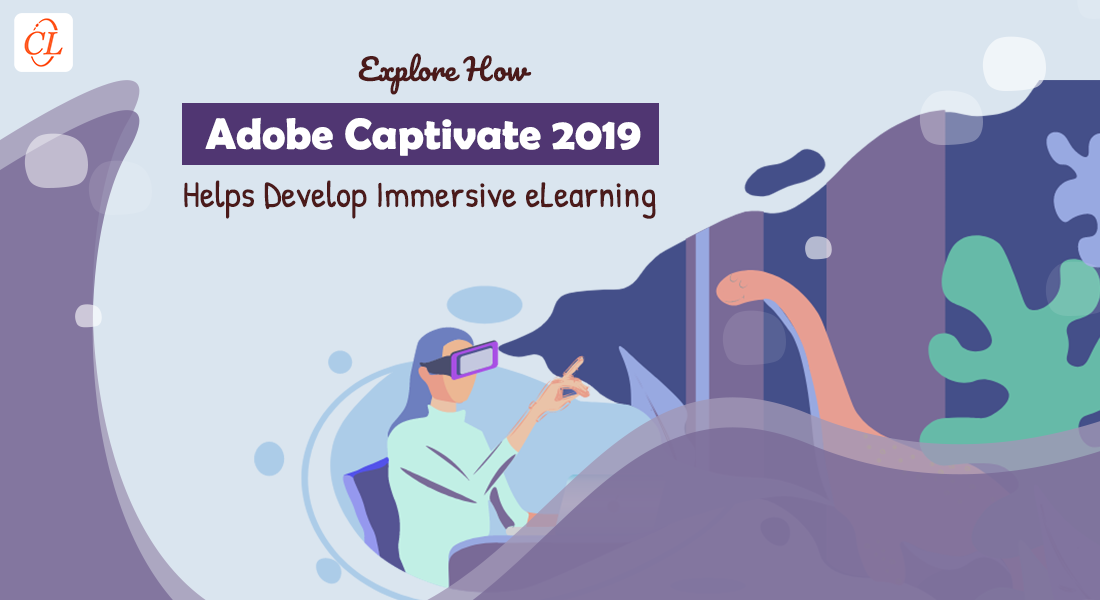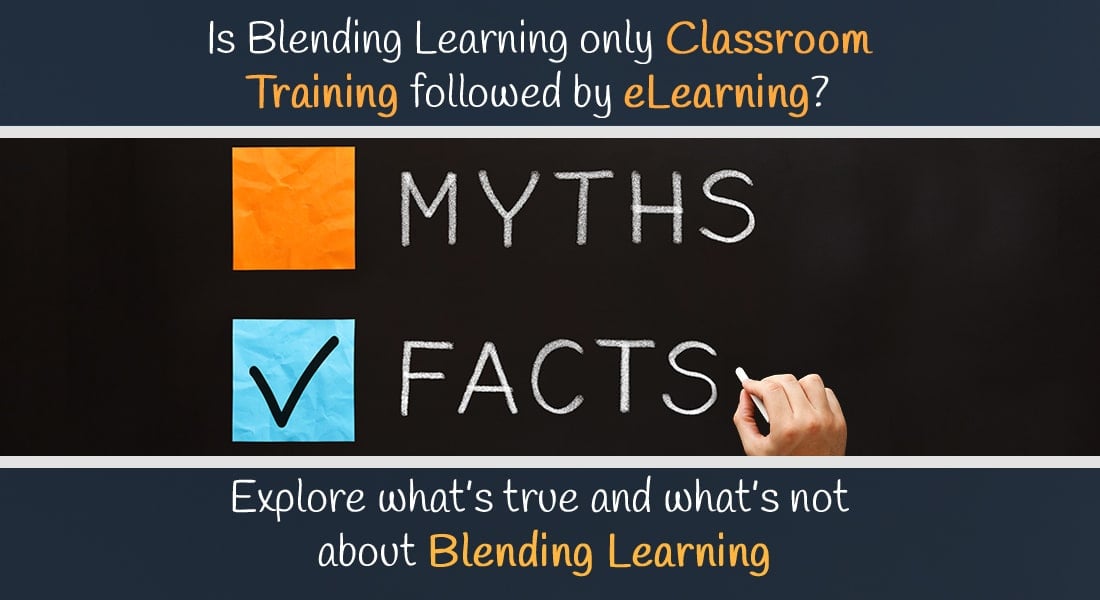What Is Rapid E-learning Development – And What It Is Not
Rapid eLearning Development is a training manager’s answer to today’s course creation challenges. But can it be used everywhere?

It’s time to say goodbye to traditional eLearning development, and invest in rapid eLearning. Rapid eLearning is all the rage in the eLearning industry, but is lesser known about in the corporate circle. Those who know about it, don’t know enough, and there are several misconceptions about what it is and what it is not; where it can be used and where it can’t. This blog aims at clearly defining what rapid eLearning development is, where, and how it can be used. But it’s not enough to just know what it is – from our experience in the industry, we have learned that it is also equally important to stress where it cannot be used. But before we go there, let’s understand rapid eLearning.
A little about traditional e-learning and why there was a need for improvement
Before the advent of rapid eLearning, traditional eLearning was the only solution to an organization’s training challenges (that included training a globally dispersed, on-the-move, tech-savvy, Millennial workforce). While traditional eLearning is still the best solution for a lot of trainings, there have been some new developments – that traditional eLearning cannot do justice to.
- L&D departments are expected to do much more, with the same (or smaller), budget.
- There is a growing need to get training out to employees, quicker and to meet shorter deadlines.
- Because knowledge changes constantly, there is a need to keep training up-to-date, so that employees have access to the latest information.
- There are two types of prominent training courses – those that are quite constant and unvarying (such as leadership development, safety training, and soft skills training); and those that undergo constant change (such as compliance training and training on processes and procedures). Both these types of training courses can be developed by traditional eLearning, but is it necessary to settle for traditional eLearning when there is a quicker, budget-friendlier alternative (rapid eLearning) that does not compromise on quality?
Rapid eLearning – What It Is
It’s easier to understand what rapid eLearning is, if we look at what it includes.
Rapid eLearning is…
- … the rapid development of online courses, using rapid authoring tools. These tools are completely different from traditional authoring tools. Dreamweaver and Flash are conventional eLearning tools, while iSpring, Articulate Storyline 2, Lectora Inspire, and Captivate fall under the category of rapid authoring tools.
- … the solution for dwindling budgets and time constraints.
- … a solution for the quick conversion of existing classroom training (in digital format) to eLearning.
- … a solution for performance management, where just-in-time learning must reach employees quickly.
- … a quick, responsive learning solution.
- … the best way to create content that needs to be consumed quickly, but also contains information that changes rapidly (compliance), and therefore must reach employees ASAP.
- … a time-saving option, as the tools are easy to use, and provide ready-made templates for GUI, assessments, games, and many simple interactivities.
- … the perfect solution for content that requires constant updates and interactivities – compliance training and sales training.
- … when courses contain repetitive information; and for content that can be reused several times over.
- … when creating a curriculum of several courses and it is possible to use standard templates, develop common screens, and use reusable components.
- … for the creation of simple courses that do not require the use of complicated interactivities, games, and assessments.
- For rapid translation of courses such as performance support, that need to go out to a global workforce.
Rapid ELearning – What It Is Not
It’s probably more difficult to explain or understand what eLearning is, without also touching upon what eLearning is not. While rapid eLearning seems to be the perfect solution to develop online training content, it cannot and should not be misconstrued as the only solution for all types of online content development. In fact, there are times when rapid eLearning cannot do as much justice to training content and employees who consume this content, as traditional eLearning development can. For more clarity on this, let’s look at what is not rapid eLearning development, and when it cannot be used.
Rapid eLearning is not…
- … a quick alternative to all types of trainings. There are some trainings that need to be long, thorough, highly interactive, and presented with a lot of detail. Such courses are stable and have a long shelf life. Some such courses are soft skill courses, leadership development courses, and marketing courses.
- … a short cut that can skip training procedures. It’s true that rapid eLearning development makes use of rapid authoring tools; but this rapidity cannot be extended to all aspects of training. Research that goes into analyzing employee requirements and learning needs, the type of information that goes into a course, and the learning objectives (outcome) of each course must be decided on with as much enthusiasm as with any other type of training.
- … a single-tool solution for all learning needs. There are several rapid authoring tools available in the market, and each of these tools has its own advantages and disadvantages. While some tools are great at creating performance support content, there others that are better at converting PPTs to eLearning, effectively; and there are still others that have better interactivities and responsive design capabilities than others. So, companies must research on the tools available and hone in on a couple of tools that will serve different purposes.
Delve deeper, and you may find other reasons within your organization that call for rapid eLearning development. If you do find such a need and is not covered here, we would love to hear about it.





